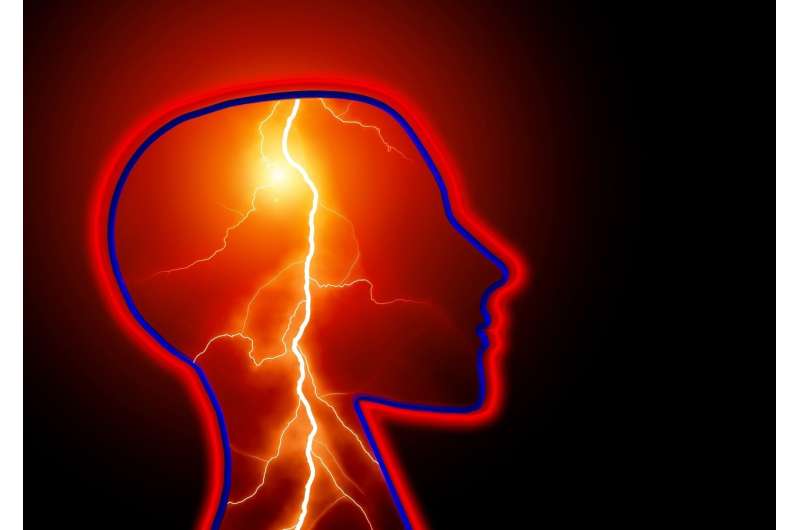Multilingual Brain and Stroke Recovery: How Speaking Multiple Languages Influences Aphasia Rehabilitation

Discover how speaking multiple languages influences stroke recovery and aphasia rehabilitation. Learn about brain networks, recovery patterns, and the importance of multilingual therapy in this insightful overview.
Speaking multiple languages engages complex brain networks, activating various regions responsible for sound, meaning, grammar, and tone. When such individuals experience a stroke, the challenges associated with recovering language skills can become more intricate. Aphasia, a common consequence of stroke, affects the ability to understand or produce speech and is particularly devastating for those who are multilingual, as it can impact all their languages simultaneously.
Studies estimate that around 2 million people in the United States live with aphasia, mainly due to stroke. With about 20% of the U.S. population speaking a language other than English at home, the prevalence of bilingual or multilingual aphasia is likely significant and expected to increase as demographic shifts occur. Especially among Hispanic communities, which are projected to reach 71 million by 2030, the impact of stroke on multilingual individuals is a growing concern.
Language is far more than vocabulary: it encompasses grammar, tone, context, and written forms, with different brain networks handling these aspects. In multilingual individuals, these networks overlap considerably, meaning a stroke damaging a critical brain region can impair multiple languages at once.
When a stroke occurs, especially in the left middle cerebral artery, which supplies regions involved in speech and language, the effects can vary. Some individuals may experience global aphasia, affecting all language functions, while others might have more localized issues, such as trouble speaking fluently or understanding speech, depending on which brain areas are affected.
Recovery patterns in multilingual stroke patients tend to involve all languages rather than just one. The extent of language loss and recovery depends on factors like prior language use. Research suggests that the more frequently a language was used before the stroke, the better the chances of recovery in that language. Interestingly, bilingualism may offer some protective effects against cognitive decline, possibly because switching between languages enhances cognitive control abilities.
Rehabilitation, often involving speech-language therapy, shows considerable promise, especially if initiated early post-stroke. However, most therapy is conducted in only one language—typically English in the U.S.—which can complicate full multilingual recovery. Treating all relevant languages and understanding how therapy in one influences others are important considerations.
Future research, including advances like machine learning models that analyze brain language networks, aims to improve rehabilitation strategies. Such innovations might enable personalized therapies that account for the multilingual brain's complexity, ultimately enhancing recovery outcomes.
Addressing the needs of multilingual stroke patients requires a dedicated effort to develop bilingual and multilingual speech therapy services, including training more professionals who can deliver care in various languages. As the population ages and diversity increases, these efforts will become increasingly vital to help individuals regain their communication abilities and reconnect with their cultural identities.
Stay Updated with Mia's Feed
Get the latest health & wellness insights delivered straight to your inbox.
Related Articles
Ocrelizumab Demonstrates Superior Control of Multiple Sclerosis Relapses in Multi-Registry Study
A large multi-registry study shows that ocrelizumab provides better control of MS relapses compared to other high-efficacy therapies, highlighting its potential for managing disease activity in multiple sclerosis.
Breakthrough Phase III Clinical Trial Demonstrates Effectiveness of Gene-Engineered Skin Grafts in Healing Chronic Blistering Wounds in Dystrophic Epidermolysis Bullosa
A groundbreaking Phase III trial reveals that gene-engineered skin grafts significantly improve healing and quality of life for patients with severe dystrophic epidermolysis bullosa, a rare genetic skin disorder.
Challenges in Monitoring Measles Spread in Florida Due to Lack of Public Data
Florida's removal of public disease-tracking data has created gaps in monitoring measles and other infectious diseases, raising concerns about outbreak detection and public health safety.
Tennessee Lowers the Standards for Ballad Health's Hospital Monopoly Amidst Concerns
Tennessee has lowered the standards for Ballad Health's hospital monopoly, allowing continued operation despite poor performance scores and limiting public access to performance data. The change raises concerns about transparency and healthcare quality.



